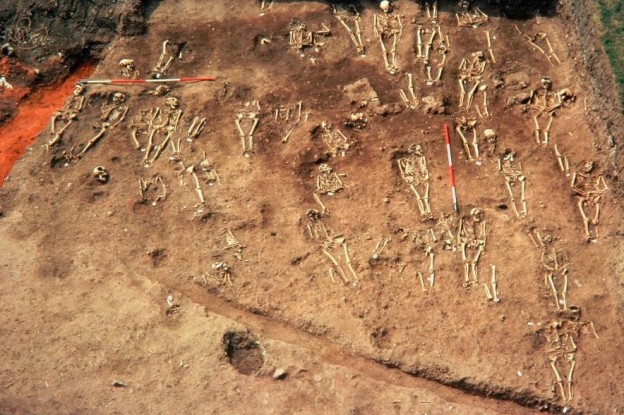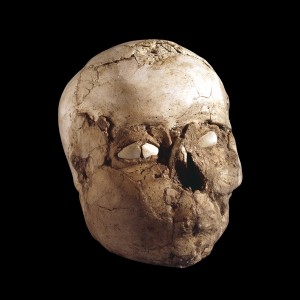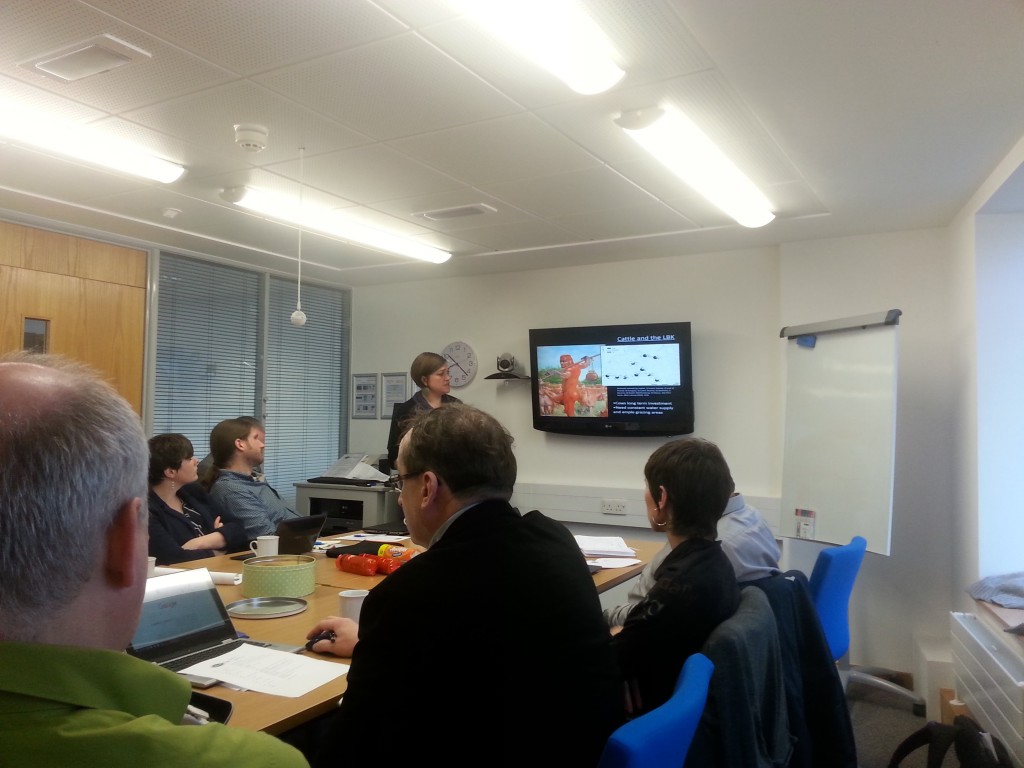The University of Exeter’s Archaeology department recently played host to a team meeting of the NeoMilk project, in which Professor Alan Outram and his PhD student Emily Johnson are heavily involved. The NeoMilk project investigates where and when (and indeed why) dairying arose in temperate Neolithic Europe, through lipid residue analysis of pottery and faunal analysis of carcass processing and husbandry practices. Another vital element of the project is the chronicling, mapping and correlating patterns of environmental and cultural change related to animal management and milk use.
Tag Archives: neolithic

Research Seminar #8: PG takeover!
We were treated to a very different kind of research seminar on Friday when three of our PhD researchers bravely took the stage to present on their work. The three students had recently given these papers at EAA Glasgow and were invited to share them with the department, which was great for those who couldn’t make it to Scotland in September! In a break from the usual format, each student gave a 20 minute presentation followed by questions. The turnout was fantastic, it was great to see such support for postgraduate research! There was even a live tweet going on – follow it with the hashtag #PGtakeover.
Research Seminar #6: “A reinterpretation of Middle-Eastern Neolithic mortuary practices” by Dr. Karina Croucher

Plastered skull now in the collection of the British Museum, from Jericho, Israel, 7000-6000 BC. Photo credit: British Museum
Dr. Kroucher’s talk discussed the plastered skulls sometimes found in burials across the Near Eastern Neolithic, at sites including Ein Ghazal and Chatalhoyuk. Approximately 90 skulls have been recovered from across the Near East where the skull of an individual has been plastered over after death and decomposition. Some plastered skulls have shells or stones in place for eyes, and sometimes colourings such as browns or pinks were used probably to make the skull look more life-like. An absence of plaster on most skulls where hair would have been has led some researchers to suggest that wigs or hair may have been attached to the skulls. The reasons for some skulls being plastered and displayed are unclear and Dr. Kroucher’s research questions related to understanding the practice of skull-plastering and whether we can use contemporary theories of grief and mourning to inform on past mortuary practices.

